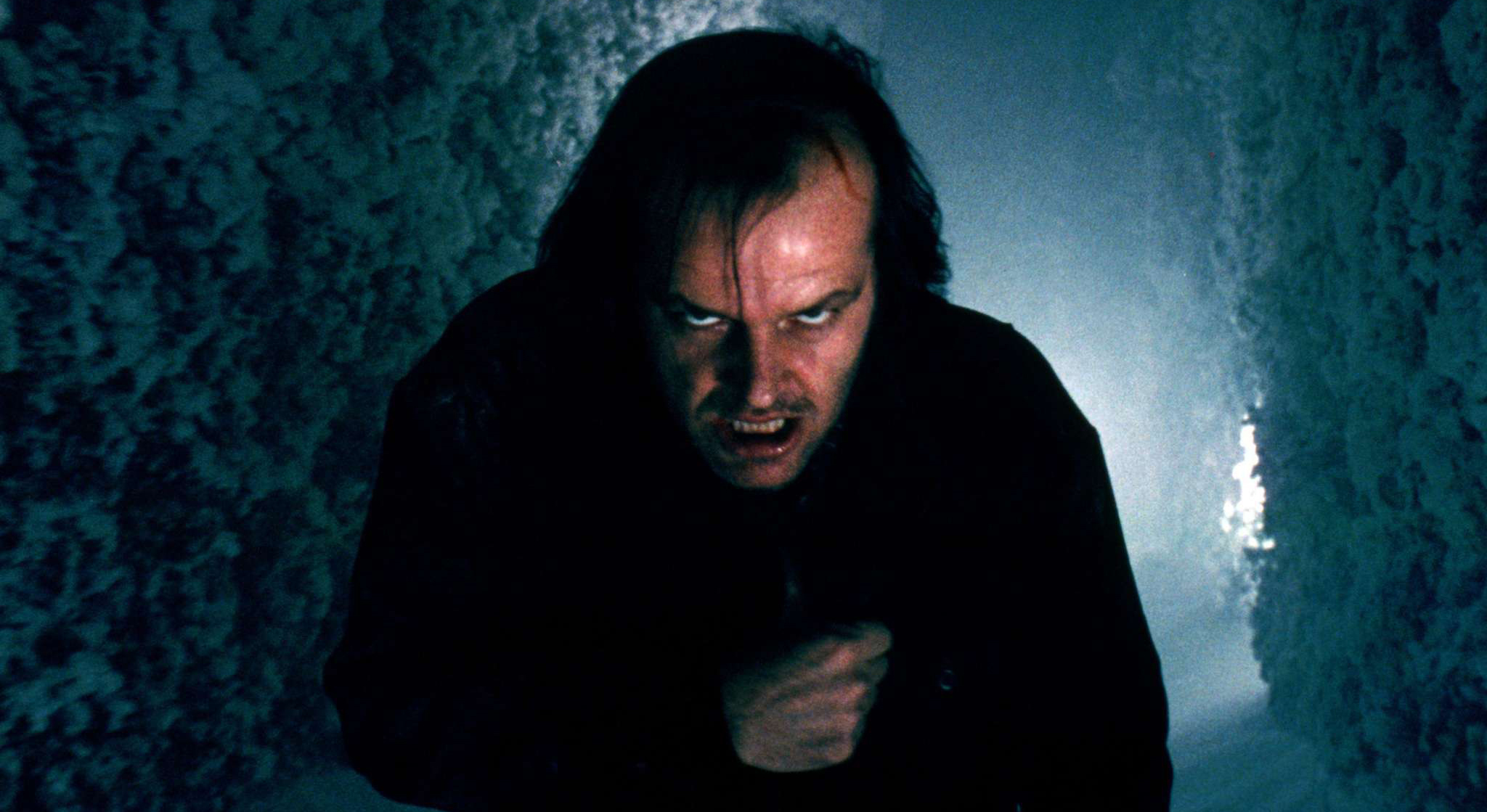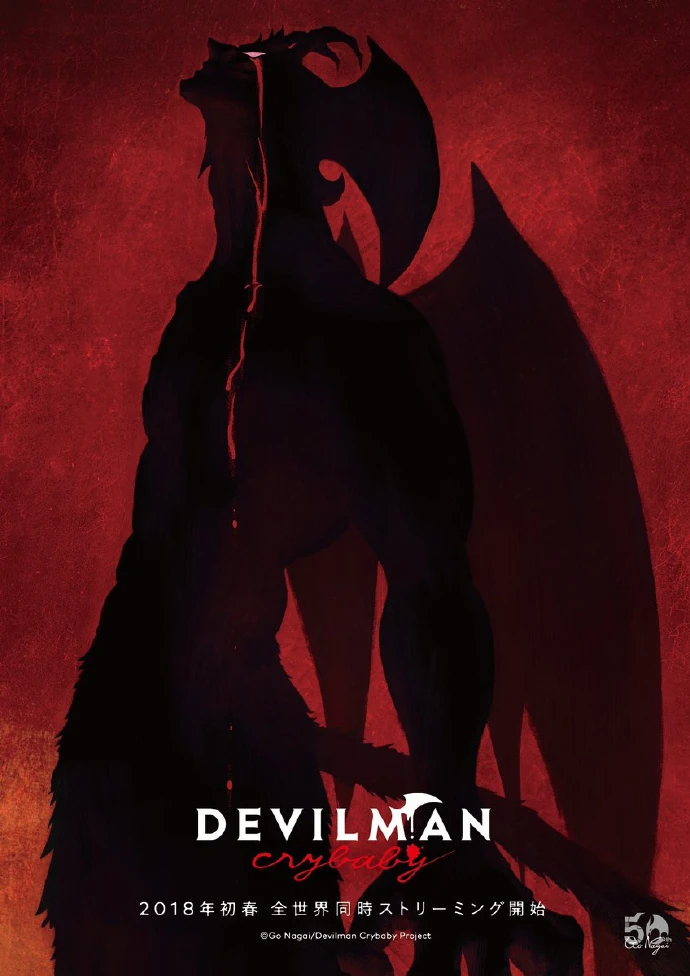As a student of the classical Latin language, I often translate famous Latin prose and poetry that has withstood the test of time. Working with these historical pieces is wonderful in a variety of ways, but I find it particularly fascinating how different translations of the same passage can vary widely in both their structure and tone. I was recently discussing some of my thoughts on what makes a great artistic translation in my Latin class and I thought it would be great to share those thoughts with you, and hopefully peak your curiosity in the art of translation. To demonstrate what makes one translation fall short, and another translation stand out, we’ll look at two translations of the same passage from the Aeneid by Vergil, a famous passage in which the protagonist Aeneas tells of the infamous “Trojan horse” being found on the beach and the priest of Apollo, Laocoon, warning the Trojans of Greek offerings.
Then Laocoön rushes down eagerly from the heights
of the citadel, to confront them all, a large crowd with him,
and shouts from far off: ‘O unhappy citizens, what madness?
Do you think the enemy’s sailed away? Or do you think
any Greek gifts free of treachery? Is that Ulysses’s reputation?
Either there are Greeks in hiding, concealed by the wood,
or it’s been built as a machine to use against our walls,
or spy on our homes, or fall on the city from above,
or it hides some other trick: Trojans, don’t trust this horse.
Whatever it is, I’m afraid of Greeks even those bearing gifts.’
– A.S. Kline, Poetry in Translation, The Aeneid (2002)
The first translation of the passage by A.S. Kline is interesting in how literal and linear it is; it follows the structure of the original Latin very closely, not adding implied or gapped vocabulary unless absolutely necessary for understanding. This leads to some sentences feeling unfinished, such as “what madness”, in which Kline decides not to include a main verb, making the sentence unintelligible in English. In contrast to his literal interpretation of the Latin, he does take liberties in his translations of adjectives and verbs. He shifts them around from the original Latin in order to paint a different picture that better fits the image that he wants to convey. It can be argued that these modifications of the original Latin are beneficial to the English reader, but it conflicts with his other literal translation decisions. It leads to this semi-modern translation that is choppy and lacks a consistent tone, while only being marginally easier to understand.
And now Laocoon comes running down
From the citadel at the head of a great thong
And in his burning haste he cries from afar:
‘Are you out of your minds, you poor fools?
Are you so easily convinced that the enemy
Has sailed away? Do you honestly think
That any Greek gift comes without treachery?
What is Ulysses known for? Either this lumber
Is hiding Achaens inside, or it has been built
As an engine of war to attack our walls,
To spy on our homes and come down on the city
From above. Or some other evil lurks inside.
Do not trust the Horse, Trojans! Whatever it is,
I fear the Greeks, even when they bring gifts.’
– Stanley Lombardo, Hackett, Aeneid (2005)
The translation by Stanley Lombardo is different than the previous translation in a few significant ways: Lombardo does not follow the order of the original, he uses numerous adverbs that are not present in the original Latin, and he generally uses more idiomatic and figurative English to create a tone to the passage. In doing so, he creates a more flowing and intriguing narrative, and overall I think that a large number of Lombardo’s additions are supported by the original context of the Latin, if not by the literal structures and vocabulary. By being more artistic and presenting his own interpretation, Lombardo conveys better in English what Vergil conveys in the original Latin. The result is a much more interesting narrative that is more imaginative and easier to read, even if it strays far from the literal structure of the Latin.
In conclusion, there is something to be said for both consistency and imagination. A quality translation has a specific goal in mind, whether it be to follow the original language strictly, present a more imaginative narrative, or to make the passage easier to read and understand, and then makes consistent decisions to realize that goal. As far as which goal is best, each has its merits and particular nuances that make them great; such is the beauty of translation.







 Devilman Crybaby is an original Netflix anime adaptation of the original manga by Go Nagai, and although I highly recommend watching it, I’ll try to save some of my praise for another post. The essential story is about a young boy named Akira who gets wrapped up in an emerging world of demons by his mysterious childhood friend Ryo. It features existential and dark themes, and raises questions about humanity, society, and love that make you think long after the show is over. It’s a tragedy to be sure; be prepared to cry when it’s over, but it is not without its moments of hope. The soundtrack to the show mirrors this so accurately and poignantly, making it the perfect complement to the show and adding something that makes it entirely unique. The aesthetic of the soundtrack perfectly fits the artistic style of the animation; it’s primal and pounding at times, matching the intense scenes of chaos, and other times it’s subtle and futuristic, setting this iconic tone throughout the show that lasts long after its over. My favorite tracks however are these long orchestral pieces, featuring these solemn and mourning grand piano melodies that are absolutely haunting. They contrast so well, both on the overall album and in the show itself; they provide these thoughtful reprieves from the chaos, where both the characters and audience are forced to reflect on the tragedies of humanity. Overall, I find this soundtrack incredible in how it affects the story, and how well crafted it is that it can stand alone.
Devilman Crybaby is an original Netflix anime adaptation of the original manga by Go Nagai, and although I highly recommend watching it, I’ll try to save some of my praise for another post. The essential story is about a young boy named Akira who gets wrapped up in an emerging world of demons by his mysterious childhood friend Ryo. It features existential and dark themes, and raises questions about humanity, society, and love that make you think long after the show is over. It’s a tragedy to be sure; be prepared to cry when it’s over, but it is not without its moments of hope. The soundtrack to the show mirrors this so accurately and poignantly, making it the perfect complement to the show and adding something that makes it entirely unique. The aesthetic of the soundtrack perfectly fits the artistic style of the animation; it’s primal and pounding at times, matching the intense scenes of chaos, and other times it’s subtle and futuristic, setting this iconic tone throughout the show that lasts long after its over. My favorite tracks however are these long orchestral pieces, featuring these solemn and mourning grand piano melodies that are absolutely haunting. They contrast so well, both on the overall album and in the show itself; they provide these thoughtful reprieves from the chaos, where both the characters and audience are forced to reflect on the tragedies of humanity. Overall, I find this soundtrack incredible in how it affects the story, and how well crafted it is that it can stand alone. Another great example of a stand out soundtrack is Swiss Army Man, a small indie film featuring Daniel Radcliffe and Paul Dano. Again, one of my favorite movies; a little quirky and hard to swallow at first, but it leaves a lasting impression and is just genuinely fun to watch. Similar to the Devilman Crybaby soundtrack, this soundtrack stands out for its aesthetic and style: it is fun and folky, featuring a lot of vocals and accapella, accompanied by simple instrumentation and haunting chords. All of the vocals are performed by the two actors as well, which is ingenious, especially during the film when the characters are quiet and the music speaks for them. The movie mostly takes place in the woods and is an unusual love story, which is reflected well in the soundtrack. It features a variety of unusual songs, mostly focused on the relationship between the two main characters, and tells its own story in a way that the film itself can’t. In this way, the soundtrack adds an important element to the story and can’t be ignored. These reasons make the soundtrack stand out, and as a result I still find myself listening to it, reliving the great moments of the story through music.
Another great example of a stand out soundtrack is Swiss Army Man, a small indie film featuring Daniel Radcliffe and Paul Dano. Again, one of my favorite movies; a little quirky and hard to swallow at first, but it leaves a lasting impression and is just genuinely fun to watch. Similar to the Devilman Crybaby soundtrack, this soundtrack stands out for its aesthetic and style: it is fun and folky, featuring a lot of vocals and accapella, accompanied by simple instrumentation and haunting chords. All of the vocals are performed by the two actors as well, which is ingenious, especially during the film when the characters are quiet and the music speaks for them. The movie mostly takes place in the woods and is an unusual love story, which is reflected well in the soundtrack. It features a variety of unusual songs, mostly focused on the relationship between the two main characters, and tells its own story in a way that the film itself can’t. In this way, the soundtrack adds an important element to the story and can’t be ignored. These reasons make the soundtrack stand out, and as a result I still find myself listening to it, reliving the great moments of the story through music. If you’ve been a reader of my posts for awhile you’ll recognize this first one: The Double, a film based off the original novel by Fyodor Dostoevsky. In the film, the main character played by Jesse Eisenberg is a simple man living in a mundane and grimy world, with a mediocre job and little aspirations beyond falling in love with a certain girl. However, suddenly a new employee is hired at his work, and it is dramatically revealed that it is his doppelgänger. Much to his surprise, nobody else notices that the new employee is identical, but the reason reveals itself to the audience from the beginning: this new version of the protagonist is more charming, personable, and cunning than the original. Gradually the doppelgänger starts to take over the original’s life, being promoted over him and winning over the girl almost instantly. The film ends with the original outsmarting the doppelgänger by relying on the unique fact that both of them are connected in feeling pain. I won’t spoil it beyond that, especially since it is a brilliant ending. However the original novel ends with the original going mad, being sent to an asylum, and the doppelgänger completely replacing him. The takeaway from this doppelgänger story: never let your doppelgänger dominate. Either get as far away as possible, or hope that you have some characteristic that gives you an advantage over them.
If you’ve been a reader of my posts for awhile you’ll recognize this first one: The Double, a film based off the original novel by Fyodor Dostoevsky. In the film, the main character played by Jesse Eisenberg is a simple man living in a mundane and grimy world, with a mediocre job and little aspirations beyond falling in love with a certain girl. However, suddenly a new employee is hired at his work, and it is dramatically revealed that it is his doppelgänger. Much to his surprise, nobody else notices that the new employee is identical, but the reason reveals itself to the audience from the beginning: this new version of the protagonist is more charming, personable, and cunning than the original. Gradually the doppelgänger starts to take over the original’s life, being promoted over him and winning over the girl almost instantly. The film ends with the original outsmarting the doppelgänger by relying on the unique fact that both of them are connected in feeling pain. I won’t spoil it beyond that, especially since it is a brilliant ending. However the original novel ends with the original going mad, being sent to an asylum, and the doppelgänger completely replacing him. The takeaway from this doppelgänger story: never let your doppelgänger dominate. Either get as far away as possible, or hope that you have some characteristic that gives you an advantage over them.


 The Lighthouse is entirely black and white and is presented in a square aspect ratio, much like classic movies or shows like The Twilight Zone (a personal favorite of mine). This gives it an aesthetic that stands out from other horror movies today, and was largely what peaked my interest when I saw the trailer. It feels so gritty and stylized, like an old documentary that was never released, which pairs perfectly with the story of two grizzly men keeping watch over a lighthouse on a rock in the middle of the ocean, completely stranded and abandoned. That grit creeps into the characters, especially the older lighthouse keeper Tom, played by Willem Dafoe, who completely embodies the idea of a sea-worn sailor. This pairing of visual style and complementary characters makes the story feel so authentic: even though it seems so far removed from reality, it felt like I was sitting at the table with them, eating dinner and being dragged into their arguments. I didn’t realize the effect while I was watching it, which I think is further proof of just how convincing it truly was.
The Lighthouse is entirely black and white and is presented in a square aspect ratio, much like classic movies or shows like The Twilight Zone (a personal favorite of mine). This gives it an aesthetic that stands out from other horror movies today, and was largely what peaked my interest when I saw the trailer. It feels so gritty and stylized, like an old documentary that was never released, which pairs perfectly with the story of two grizzly men keeping watch over a lighthouse on a rock in the middle of the ocean, completely stranded and abandoned. That grit creeps into the characters, especially the older lighthouse keeper Tom, played by Willem Dafoe, who completely embodies the idea of a sea-worn sailor. This pairing of visual style and complementary characters makes the story feel so authentic: even though it seems so far removed from reality, it felt like I was sitting at the table with them, eating dinner and being dragged into their arguments. I didn’t realize the effect while I was watching it, which I think is further proof of just how convincing it truly was.